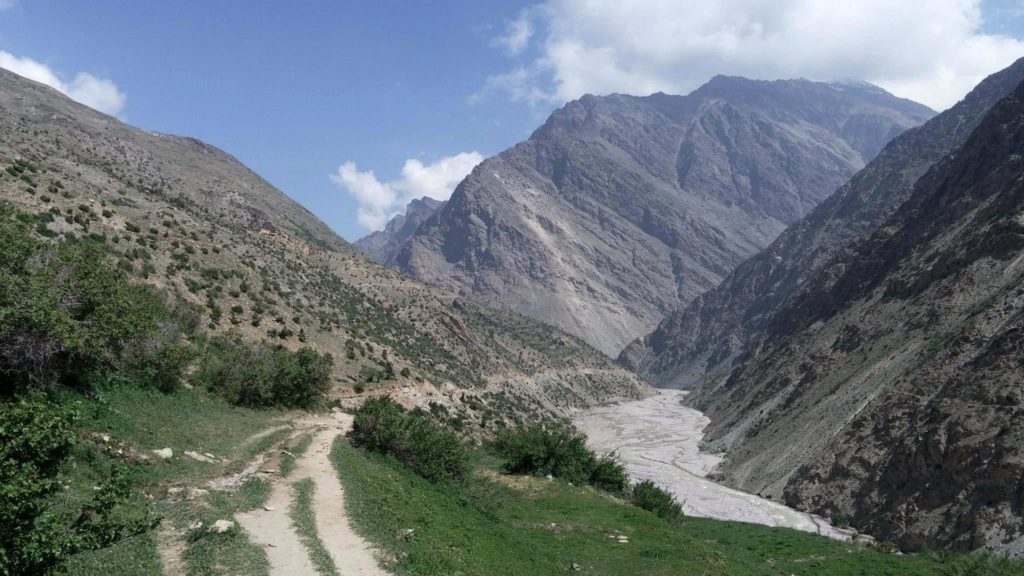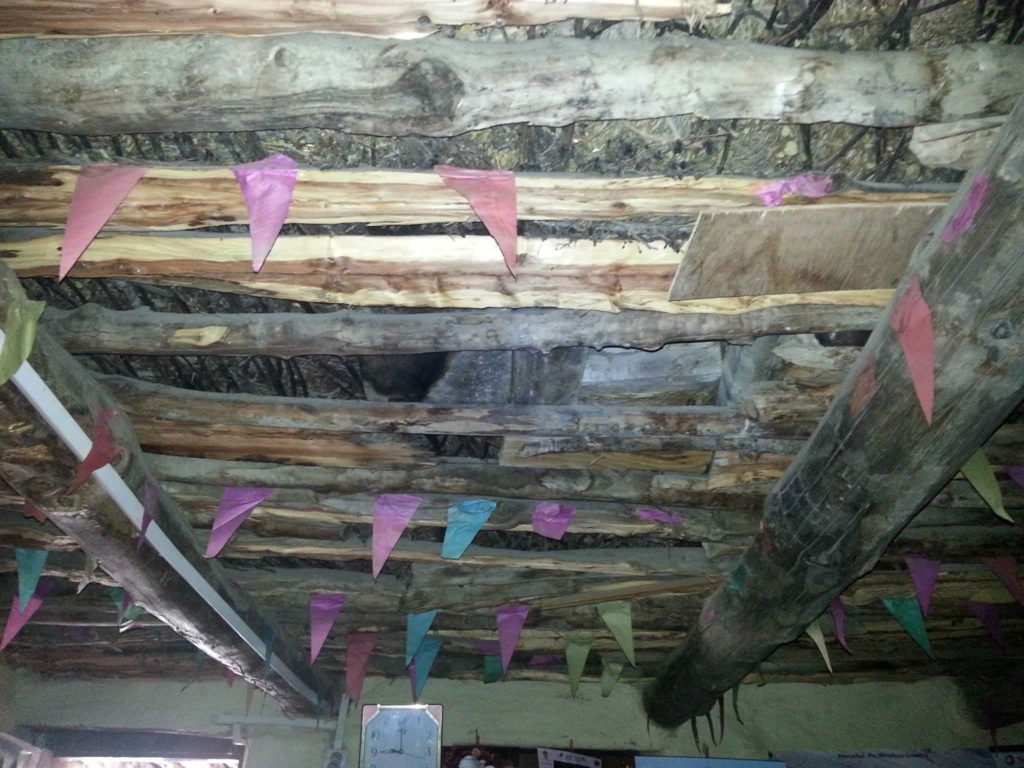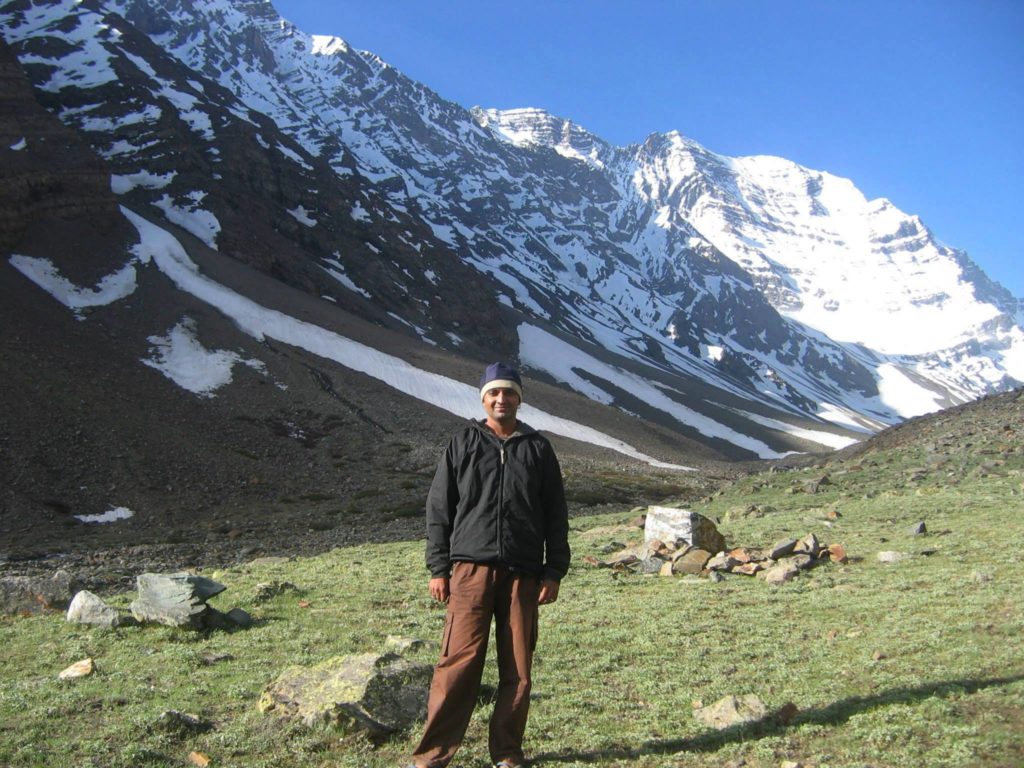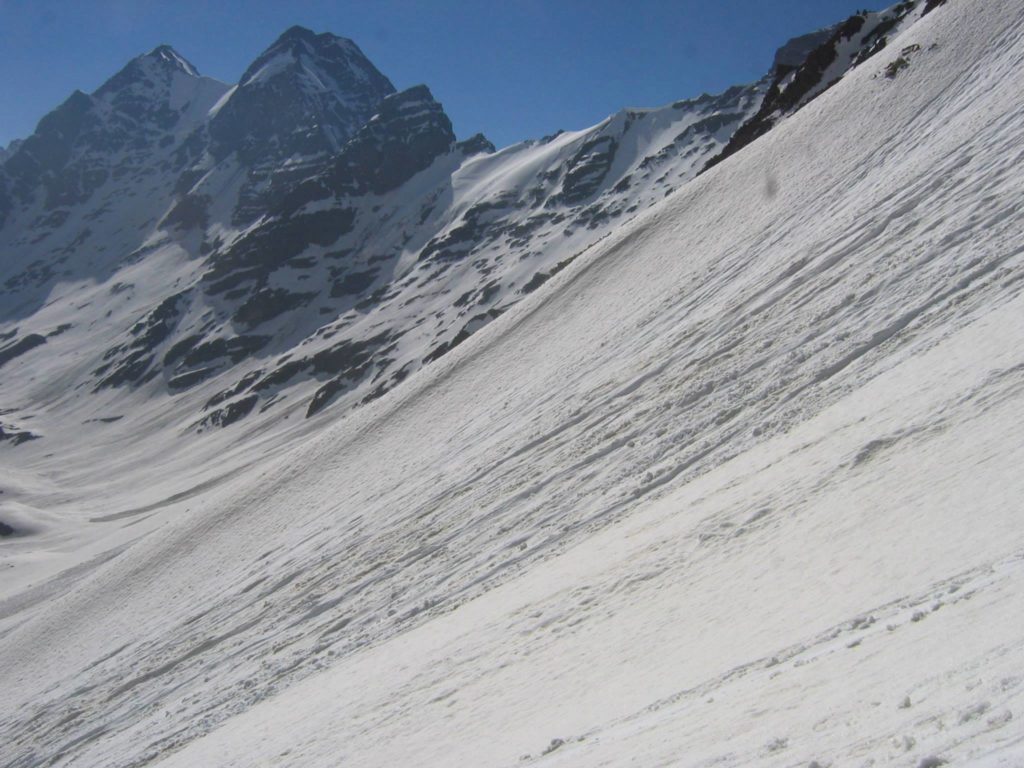Otherwise, called Kinnaur Kailash Parikrama, this trek is circumambulation (parikrama) around the holy Kinnaur Kailash Range.
Kinnaur Kailash is one of the 5 Kailash a Shiv Bhakt must-visit (others being Shrikhand Mahadev, Manimahesh Kailash, Adi Kailash, and Kailash Mansarovar).
Kinnaur Kailash Parikrama Trek
Kinnaur Kailash itself has two important routes from the pilgrimage perspective.
1) Kinnaur Kailash Shivling – Which is around 4500M ASL, approachable
in a 10-day period only in August. This is a state-sponsored Yatra.
2) Kinnaur Kailash Parikrama aka Charang-La pass which is around 5200 Meters, which this album is all about. It is a very difficult pass crossing in June with snow and scree conditions.
It is said the spirits of the dead walk amidst Rangrik peak in the vicinity of Kinnaur Kailash peak. Kinnaur Kailash itself is a winter abode to Lord Shiva who conducts darbar for a class of mythological people called Kinnaurs (one who is proficient in music in Hindu Mythology
And apart from the importance of Hinduism, this trek also provides an opportunity to visit the Charang Monastery, one of the oldest Buddhist Monasteries in the Himalayas. Unlike the Male Lamas of Ladakh, this particular monastery is inhabited by Buddha Bikshinis (Female Buddha monks)
Kailash Circuit: Charang-La pass trek (Altitude 5270m)
June 2014 expedition blog
Charang La is probably tougher than any other trek or yatra, including Kailash itself. The reason being the remoteness of this trek, steepness of Charang-La pass and streams (Nala) to cross are at least 3.
In the early season (June/July), snow will ease out boulder hopping, but pass itself will be under thick snow. I would easily reckon the day of Charang-La pass traverse (in June) is more difficult than the day of Lamkagha pass traverse.
Since this expedition comes very close to the international border with Tibet, a written permit from SDM Reckong poo is a must and will be verified by Shurting and Charang ITBP. So plan this without fail.
This is a unique trek that starts from a rocky desert-like environment and ends up in the absolute beauty of greenery at Chitkul. So in 5 days’ time, we can experience the change every day. And tents/provisions are a must for at least 3 days after Charang.
To do this trek, one has to take a Jeep Safari (I am not sure about the availability of Bus) from Reckong Peo to Thangi/Lumbar which will cost anywhere from Rs.2500 to 3000 and henceforth trek the next 5 days.
This Jeep safari is along the Reckong Poo-Pooh-Nako-Kaza (Spiti) highway, which is in full grandeur on an ancient mountain system to the Himalayas. Geologists claim this to be the confluence of the Himalayas, Dhauladar, and Zanskar mountain systems. Very rugged mountains and the moon-like landscape (read cold, dry, rocky, dusty).
The trek itself was done as below:
Kinnaur Kailash Circuit Trek Itinerary
- Day #1 June 16th: Reckong Poo to Thangi by Jeep (along Spiti Highway) and
further trek to Shurthing (ITBP camp) - Day #2 June 17th: Shurthing to Charang Buddhist Monastery and back
(Views of Rangrik Rang AKA Raacho peak) - Day #3 June 18th: Shurthing to Lalanti (Dilapidated ITBP shed is there)
June 19th: Lalanti to Charang La Base Camp (4800M) - Day #4 June 20th: Charang Base Camp to the last village of Kinnaur, Chitkul via incredible and nearly vertical, Snow Clad CharangLa pass @ 5200 Meters ASL.
Trek Guide and Organizer: www.raachotrekkers.com
(Proprietor and Guide: Sohan Negi from Charang Village/Chitkul)



























































Kinner Kailash(Kinnaur) Circuit Trek Map
View on Google Maps

Blog by Shyam Sundar Ramachandran
- Kinnaur Kailash Trek Blog – October 6, 2018


Leave a Reply